Continued – The following has been transcribed from Transactions of the Alabama Historical Society: New series Volume 4 By Alabama Historical Society 1904
THE HISTORY OF THE CUMBERLAND PRESBYTERIAN CHURCH IN ALABAMA PRIOR TO 1826.
By The Rev. James H. B. Hall, Birmingham
Part IV
We are now prepared for the reception of the following extract taken from the report of the committee on the state of religion at the same meeting of the synod, Oct. 19, 1819:
“By the heaven-born charity and zeal of some female members of the church, funds have been raised, which have enabled the Missionary Board to employ several missionaries a considerable part of their time, by which your bounds have been much enlarged in the south and west.
This has multiplied calls and cries to our Presbyterial and Missionary Boards for help. The people desire the word and ordinances. Among the most impressive calls we hear is one from the tawny sons of the woods of the south.”
Dr. Beard, in speaking of this period, says:
“It seems that in consequence of the opening condition of things, and the state of feeling developed in the Church, the plan was conceived of a school in the Chickasaw Nation, which should combine at once instruction in letters and religion, together with domestic, agricultural, and mechanical pursuits.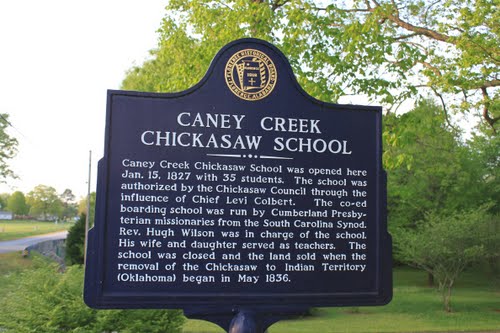
“Accordingly, on the 11th day of September, 1820, the following articles of agreement were entered into bv the Revs. Samuel King, Robert Bell [grandfather of the venerable Rev. C. H. Bell D. D., Lebanon, Tennessee, and James Stewart as the representatives of the Cumberland Presbyterian Board of Missions, which consisted [as seen above] of the ordained ministers of the Cumberland Presbyterian Church, on the one part, and the chiefs of the Chickasaw Nation on the other part:
“‘Articles of Agreement between Samuel King, James Stewart, and Robert Bell, missionaries, and the chiefs of the Chickasaw Nation, viz:
“‘Article I. We, the said Samuel King, James Stewart, and Robert Bell, on the part of the Board of the Cumberland Presbyterian Missionary Society, do promise to teach the people of the said Nation reading, writing, and arithmetic, and a knowledge of agriculture and the mechanical arts. Also those who resort to them for instruction shall be boarded and clothed gratuitously, provided they are not able to clothe themselves.
“‘Article 2. We promise that we will not take more land than will be necessary for the support of the institution. And should we leave the institution, the houses and land which we have occupied shall revert to the Indians.
“‘Article 3. We, the chiefs of the Chickasaw Nation, on the part of said nation, do permit said society and missionaries to come into our nation to teach our young people.
“‘Article 4. We do hereby bind ourselves to allow said society as much land as may be necessary for the support of their missionaries, which land they shall hold as long as they continue to teach our children.’
“These articles were signed by Messrs, King, Stewart and Bell, on the part of the Missionary Board, and, on the part of the Chickasaws, by Stako Tookey, King of the Nation; and TishoMingo, Appa Suntubba, Samuel Sealy, William McGelbra, James Colbert and Levi Colbert, chiefs.
“In the month of November (1820) a school was opened under the name of Charity Hall, within the limits of what is now the State of Mississippi, about seven miles from the present city of Aberdeen, and three miles from Cotton Gin Port.
Mr. Bell was appointed superintendent. He taught a few weeks in a private room furnished by one of the chiefs (Levi Colbert) until suitable buildings were prepared for the use of the school.
The buildings erected were plain and cheap, costing in all about $1,500. Thirty acres of land were cleared and put under cultivation.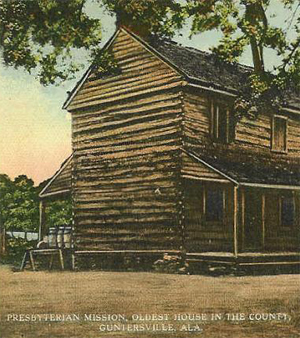
The Indians learned with some facility, and labored with as much readiness as would have been expected. The government of the United States contributed liberally toward paying for the buildings, and also made an annual contribution of $300 or $400 toward keeping up the school.”
I have made this somewhat lengthy quotation for a double purpose:
First, as showing the extent of the Alabama Presbytery, original. From this history Mr. Bell began his school November, 1820, before the presbytery was formed, Oct., 1821. He taught at Charity Hall until sometime between 1830 and 1832.
If he resided in the bounds of the presbytery, of which he was then a member, and which is most highly probable, he was near the western boundary line. Consequently, as heretofore said, much of the State of Mississippi was included in the Alabama Presbytery, original.
The Rev. Benjamin Lockhart, another member of the presbytery, lived in what is now Clayton’s Cove, in the northern part of Jefferson county. He was likely near the eastern line.
Reverend J. H. B. Hall’s school in Jefferson County, Alabama ca. 1890
The Zelosophian Academy, Norala (Oak Grove), Alabama. First term in the new building. Hall in front of the tree; Prof. J. E. Yeager on left (Alabama State Archives)
Reverend James Hugh Blair Hall with the students of the Zelosophian Academy outside the Rosedale Cumberland Presbyterian Church building in Jefferson County, Alabama ca. 1890 (Alabama State Archives)
Reverend James Hugh Blair Hall with the students of the Zelosophian Academy ca. 1890 (Alabama State Archives)
Reverend James Hugh Blair Hall with the students of the Zelosophian Academy February 2, 1898 (Alabama State Archives)
Reverend James Hugh Blair Hall with the students of the Zelosophian Academy ca. 1890 (Alabama State Archives)
The Rev. William Moor, who settled and lived and died at Pleasant Hill, twenty miles south of Selma, Dallas county, was another member. The line between Dallas and Lowndes counties divides the town of Pleasant Hill. Mr. Moor lived on the Lowndes side. He was doubtless near the southern limit.
Pleasant Hill Church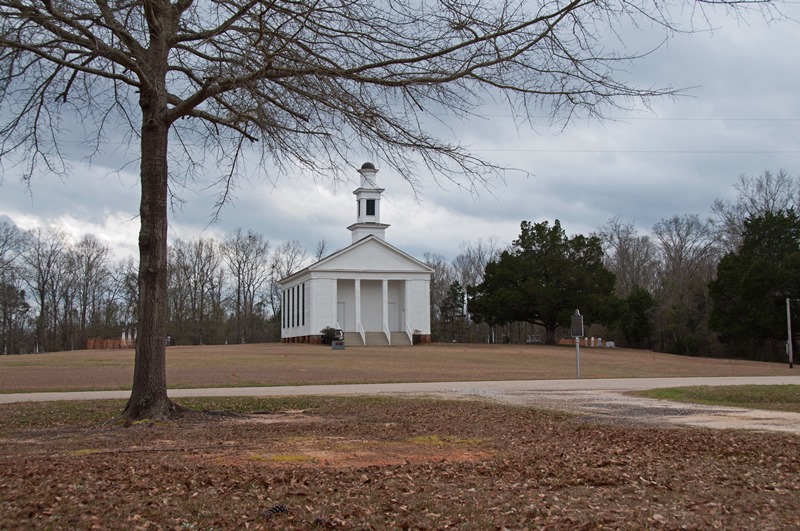
This is, perhaps, as definitely as the field can be described. Speaking freely: It was bounded on the north by the mountains south of the Tennessee Valley and east, south and west by undefined limits. If it did not extend beyond Alabama lines, it was the first presbytery ever formed wholly within the State. It was a large field, and, in many respects, a dark, difficult and dangerous work. These things, however, had very little influence on men in those days. Heroic times sought and found heroic men.
Second, as showing how the men were employed. Mr. Bell’s work is worthy of especial remark. He was, I repeat, the first man who, properly speaking, ever accepted missionary work in the Cumberland Presbyterian Church. His work was a most valuable one—one whose golden harvests are still ripening. It is truly sweet to know that his name heads the list of those good and great men who have lived and labored in our own “dear Alabama.”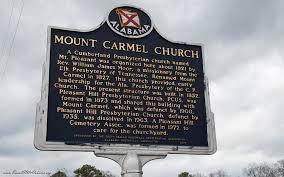
Inasmuch as the records of the presbytery are gone, nothing can be learned of the development of the church during this time. It is safe to say that the workers were busy sowing the seed and fostering the buds of congregations. There were, also, transient toilers—advance heralds—here doing good and gracious service— gracious, indeed, in the sense that it was “without money and without price.” Regular meetings were held at various points as often as surroundings would permit.
Join Amazon Prime – Watch Over 40,000 Movies & TV Shows Anytime – Start Free Trial Now
ALABAMA FOOTPRINTS – Removal: Lost & Forgotten Stories
ALABAMA FOOTPRINTS Removal includes the following stories
- Plan for Indian Removal Started With President Thomas Jefferson
- Intrigue And Murder After Treaty At Indian Springs
- President Adams And Governor In A Stand-off
- Gold Causes Expulsion Of The Cherokees
- Cherokee Chief Ross Became Homeless


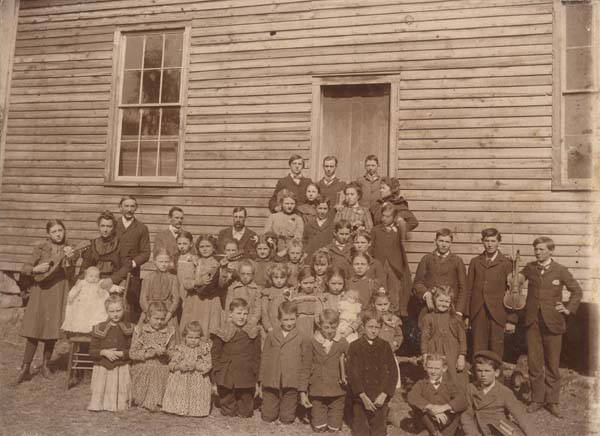
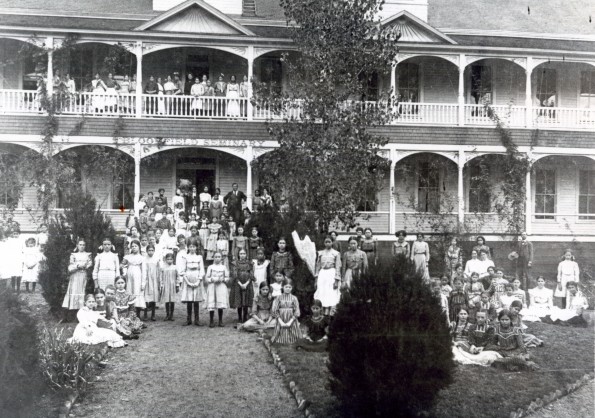
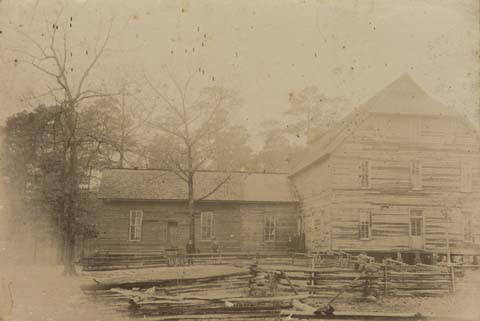
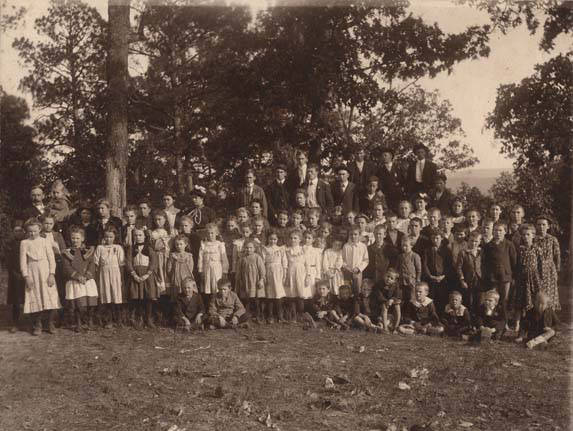
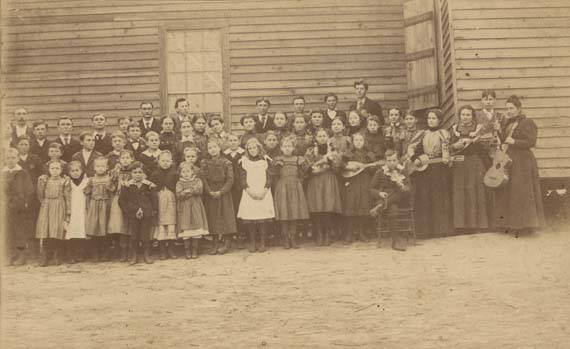
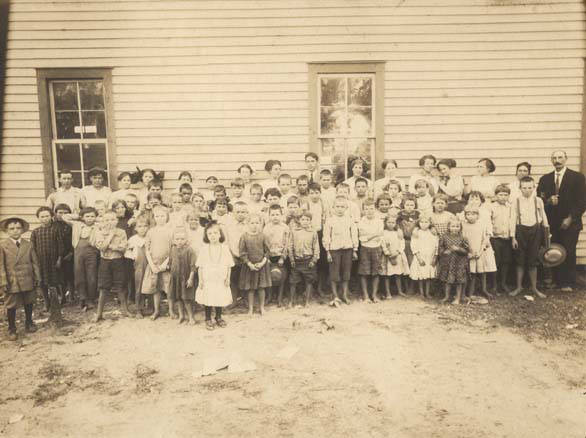

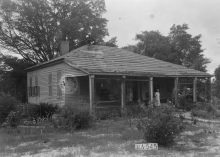
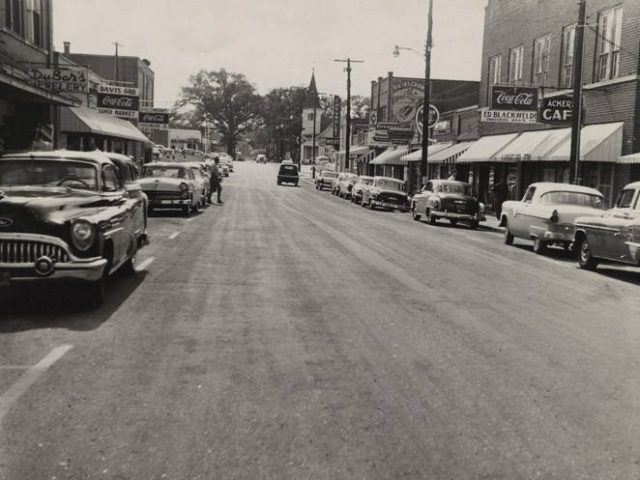
Donna — regarding your story on first HIGH school in selma being in a masonic lodge. First public school in selma was in the then newly constructed masonic lodge, but it was not a high school. Classes went only to sixth grade. Some private schools of that era claimed to teach beyond sixth grade, but 10th grade is highest I’ve been able to find in that era. First public high school in Selma opened in 1913 in a new building the city board of eduction built on corner of Tremont & Furniss Streets. City bought some residential lots along Tremont St., in 1911 and constructed the building that still stands, though not in use as a school. It was named Selma High School but students quickly dubbed it Tremont High. It was in continuous use as the city’s primary high school, teaching grades 10, 11 & 12, until Parrish High School was completed in 1939. High school students left Selma High for the Thanksgiving break in 1939 and returned to classes after the break at the new Albert G. Parrish High. That building was in use until 2012 when city board of education opened a new Selma High School building on grounds of the old Parrish High School. Once classes settled into the new building, the old Parrish High School was demolished. Bricks and other building material were trucked to a dumb outside the city — EXCEPT FOR THE FACADE OF OLD PARRISH HGH. That facadce was preserved, cleaned up and now stands in communications center (library) of the new high school.
Joe McKnight
Thank you for the added information!
Thanks for the additional information!